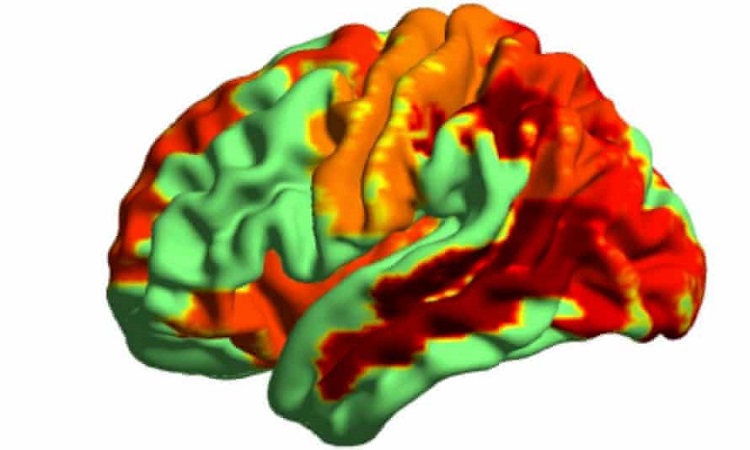In order to use psychedelics to treat disorders such as stress and depression, a group of scientists developed a sensor capable of detecting the precursor substance of hallucinations in psychedelics. In this way, psychedelics would not cause hallucinations in people and only substances with healing properties would take effect. With this sensor, researchers could detect hallucinogenic molecules in other components and separate them to avoid this effect in psychedelic drug therapies.
Several studies demonstrate the ability of psychedelics such as ‘magic mushrooms’, lysergic acid and ecstasy to treat chronic mental illnesses. This, through establishing new connections in people’s neurons, which would even help to treat addictions to other substances.
A team of scientists led by David Olson, a chemical neuroscientist at the University of California, began a study to successfully use these psychedelics without the side effect of hallucination. Because hallucinations get in the way of psychedelic healing therapies, researchers say, removing these effects could help people heal from mental illnesses like chronic depression.
Together with Olson, neuroscientist Lin Tian helped develop a fluorescence sensor capable of predicting whether a molecule is hallucinogenic. In this way, the first finding was obtained through a study in mice, during which they found a psychedelic molecule without hallucinogenic properties that worked as an antidepressant. To find such a match between the substance and its effect, the scientists relied on a psychedelic-driven receptor in the brain.
According to Olson, the sensor in his team is based on the structure of a serotonin receptor called 5-HT2AR, which changes shape when a molecule binds to it. Depending on how the receptor changes, it is dictated whether hallucinations occur when the fluorescent substance is turned on at different intensities.
In this way, the scientists captured a molecule called AAZ-A-154, which can interact with serotonin receptors without causing hallucinations. Mice treated with the AAZ-A-154 molecule showed no head tremors, a sign of hallucinations. Also, this molecule appeared to alleviate the symptoms of depression in mice with a genetic mutation that decreased their ability to feel pleasure.
However, scientists do not yet have evidence of the role of the AAZ-A-154 molecule in humans to treat chronic mental illnesses. The use of psychedelics without hallucinations would represent an advance in therapies to cure depression in patients with an acute problem of the disorder.

Email: mary@satprwire.com Phone: +44 20 4732 1986
Marry is a fitness freak in every manner and gives proper care about her health and of others. She is probably the best person we have at Daily Research News for covering articles from the Health sector. If not at work, she can be seen drinking a cup of coffee.
